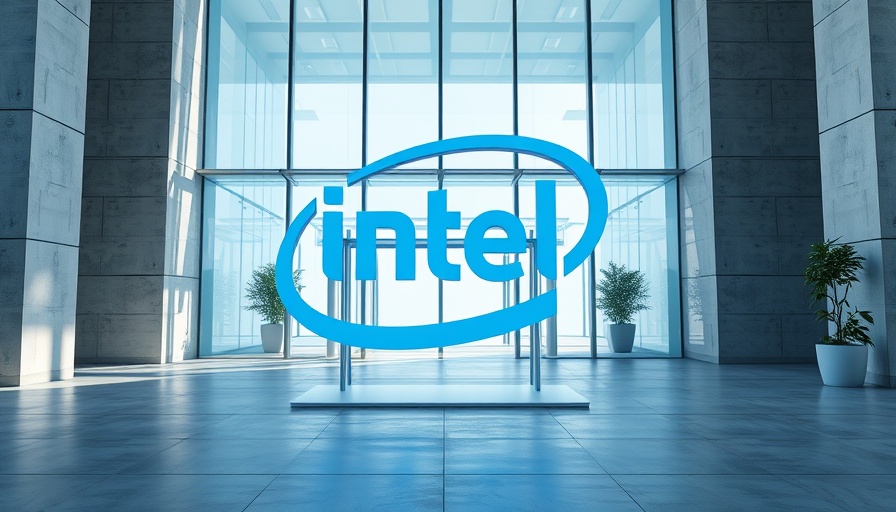
Intel's Job Cuts: A Reflection of a Shifting Economic Landscape
As Intel announces plans to cut jobs and capex (capital expenditures), the implications of this decision extend far beyond its corporate walls, reflecting a broader trend in the tech industry. This strategic pivot follows an uncertain economic environment defined by fluctuating trade policies, particularly the tariffs imposed during Donald Trump's presidency, which have left many companies reassessing their positions within the complex web of global commerce.
The Ripple Effect of Tariffs on Tech Companies
Trump's tariffs, aimed at protecting U.S. interests, have inadvertently put pressure on companies like Intel, making it more challenging for them to invest in growth and innovation. Tariffs on imported components have raised operating costs, causing corporate leaders to rethink investment strategies and workforce sizes. The decision to cut jobs and limit capex is a direct response to this pressure, as companies face the dual challenge of remaining competitive while navigating increased costs and an unpredictable regulatory landscape.
Employment Trends in Silicon Valley: What's at Stake?
The implications for employment trends in the Bay Area are profound. With Intel's job cuts, a ripple effect can be expected across Silicon Valley, where startups and established firms alike often align their strategies with industry giants. The potential loss of skilled jobs can have dire consequences for local economies that rely heavily on the tech sector. The startup ecosystem thrives on innovation and the continuous inflow of talent, which can be stunted by large layoffs at major players in the industry.
Corporate Culture and Employee Morale
Job cuts not only impact the immediate workforce but also shape corporate culture and employee morale. In an environment already challenged by high turnover rates and intense competition for talented workers, Intel's decision raises questions about job security and the value placed on employees. Companies increasingly need to focus on corporate social responsibility and the well-being of their workforce if they are to maintain a competitive edge in attracting talent.
The Future of Tech Funding
As Intel recalibrates its focus, venture capital funding in the tech sector may also see a shift. Investors often favor companies that show consistent growth potential and stable employment figures. The narrative surrounding companies like Intel could influence broader market sentiments, impacting funding for Silicon Valley startups struggling to secure capital amidst economic uncertainty.
Predictions for a Shifting Market Landscape
Looking ahead, economic forecasts suggest that the tech industry may experience more consolidation, mergers, and acquisitions if companies aim to strengthen their resilience against a volatile regulatory environment. Firms that can leverage strategic partnerships and enhance their corporate governance will likely emerge more robust in the face of adversity.
Conclusion: Preparing for the Unknown
As we navigate an uncertain economic landscape, the lesson from Intel's job cuts is clear: adaptability is key. Tech companies must remain vigilant about employment trends, corporate culture, and market demands if they wish to thrive in a rapidly evolving world. Engaging with these challenges through innovative strategies and sustainable practices will not only protect businesses but also enhance their chances for success amidst economic headwinds.
 Add Row
Add Row  Add
Add 



Write A Comment